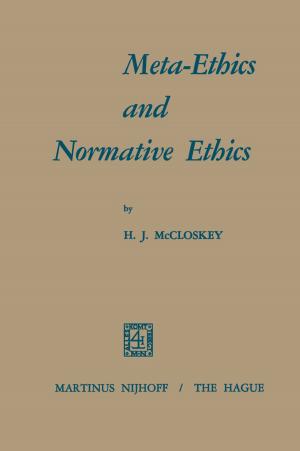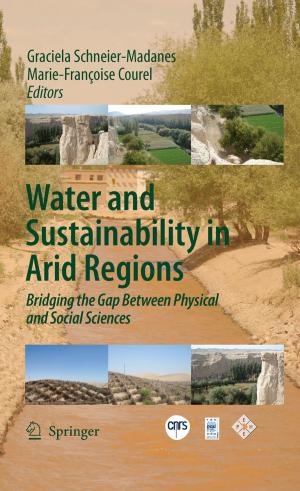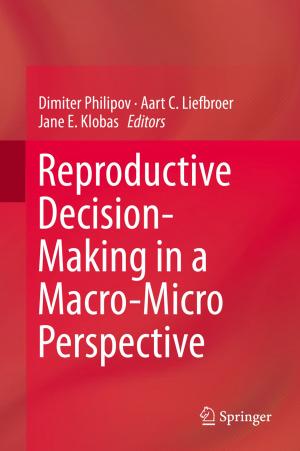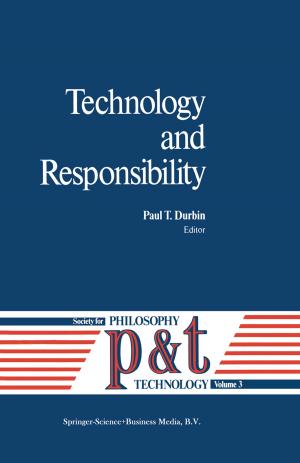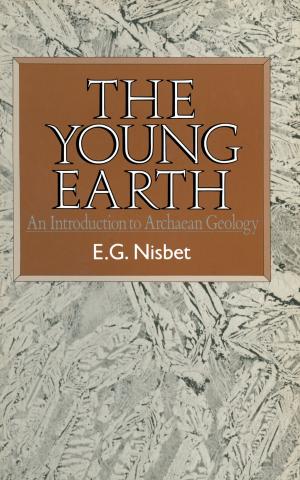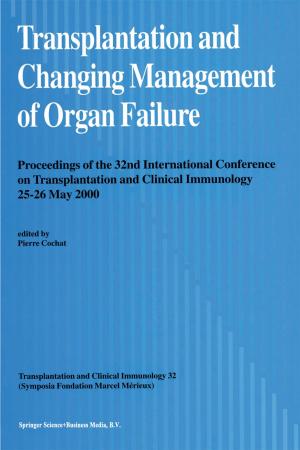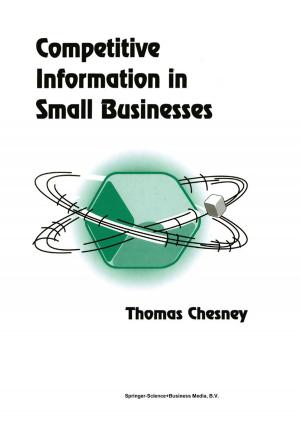The Asteroid Impact Connection of Planetary Evolution
With Special Reference to Large Precambrian and Australian impacts
Nonfiction, Science & Nature, Science, Earth Sciences, Geology, Physics, Astrophysics & Space Science| Author: | Andrew Y. Glikson | ISBN: | 9789400763289 |
| Publisher: | Springer Netherlands | Publication: | March 25, 2013 |
| Imprint: | Springer | Language: | English |
| Author: | Andrew Y. Glikson |
| ISBN: | 9789400763289 |
| Publisher: | Springer Netherlands |
| Publication: | March 25, 2013 |
| Imprint: | Springer |
| Language: | English |
When in 1981 Louis and Walter Alvarez, the father and son team, unearthed a tell-tale Iridium-rich sedimentary horizon at the 65 million years-old Cretaceous-Tertiary boundary at Gubbio, Italy, their find heralded a paradigm shift in the study of terrestrial evolution. Since the 1980s the discovery and study of asteroid impact ejecta in the oldest well-preserved terrains of Western Australia and South Africa, by Don Lowe, Gary Byerly, Bruce Simonson, Scott Hassler, the author and others, and the documentation of new exposed and buried impact structures in several continents, have led to a resurgence of the idea of the catastrophism theory of Cuvier, previously largely supplanted by the uniformitarian theory of Hutton and Lyell. Several mass extinction of species events are known to have occurred in temporal proximity to large asteroid impacts, global volcanic eruptions and continental splitting. Likely links are observed between asteroid clusters and the 580 Ma acritarch radiation, end-Devonian extinction, end-Triassic extinction and end-Jurassic extinction. New discoveries of ~3.5 – 3.2 Ga-old impact fallout units in South Africa have led Don Lowe and Gary Byerly to propose a protracted prolongation of the Late Heavy Bombardment (~3.95-3.85 Ga) in the Earth-Moon system. Given the difficulty in identifying asteroid impact ejecta units and buried impact structures, it is likely new discoveries of impact signatures are in store, which would further profoundly alter models of terrestrial evolution.
.
When in 1981 Louis and Walter Alvarez, the father and son team, unearthed a tell-tale Iridium-rich sedimentary horizon at the 65 million years-old Cretaceous-Tertiary boundary at Gubbio, Italy, their find heralded a paradigm shift in the study of terrestrial evolution. Since the 1980s the discovery and study of asteroid impact ejecta in the oldest well-preserved terrains of Western Australia and South Africa, by Don Lowe, Gary Byerly, Bruce Simonson, Scott Hassler, the author and others, and the documentation of new exposed and buried impact structures in several continents, have led to a resurgence of the idea of the catastrophism theory of Cuvier, previously largely supplanted by the uniformitarian theory of Hutton and Lyell. Several mass extinction of species events are known to have occurred in temporal proximity to large asteroid impacts, global volcanic eruptions and continental splitting. Likely links are observed between asteroid clusters and the 580 Ma acritarch radiation, end-Devonian extinction, end-Triassic extinction and end-Jurassic extinction. New discoveries of ~3.5 – 3.2 Ga-old impact fallout units in South Africa have led Don Lowe and Gary Byerly to propose a protracted prolongation of the Late Heavy Bombardment (~3.95-3.85 Ga) in the Earth-Moon system. Given the difficulty in identifying asteroid impact ejecta units and buried impact structures, it is likely new discoveries of impact signatures are in store, which would further profoundly alter models of terrestrial evolution.
.

